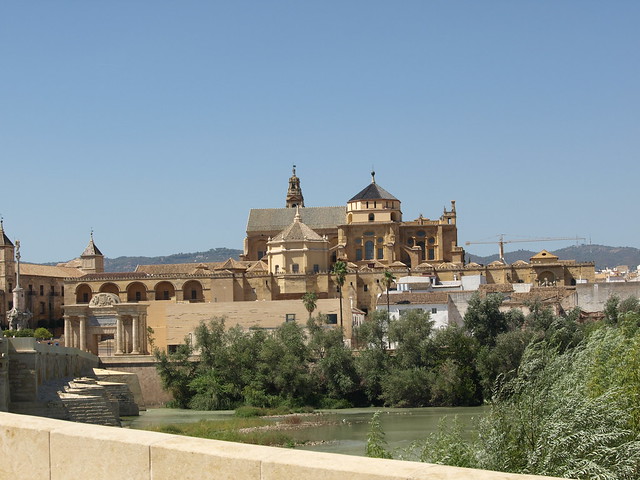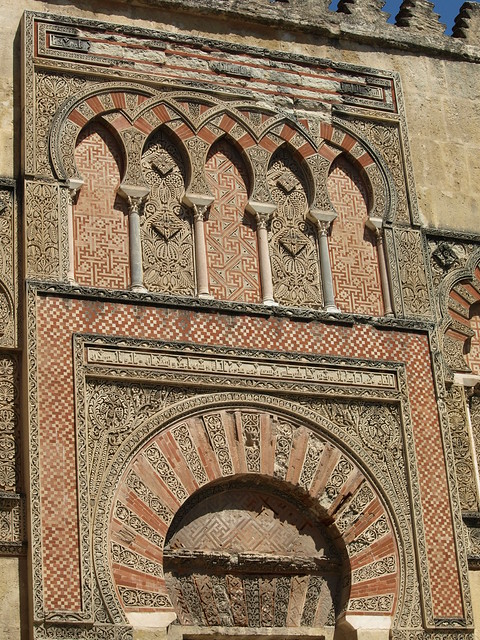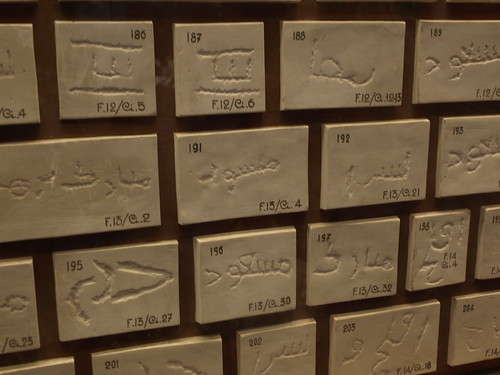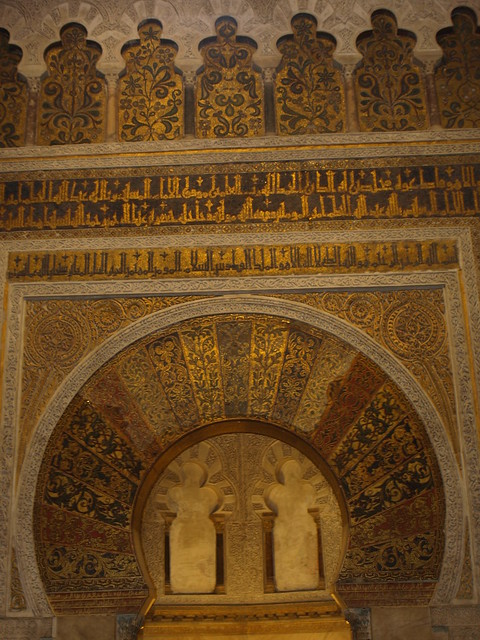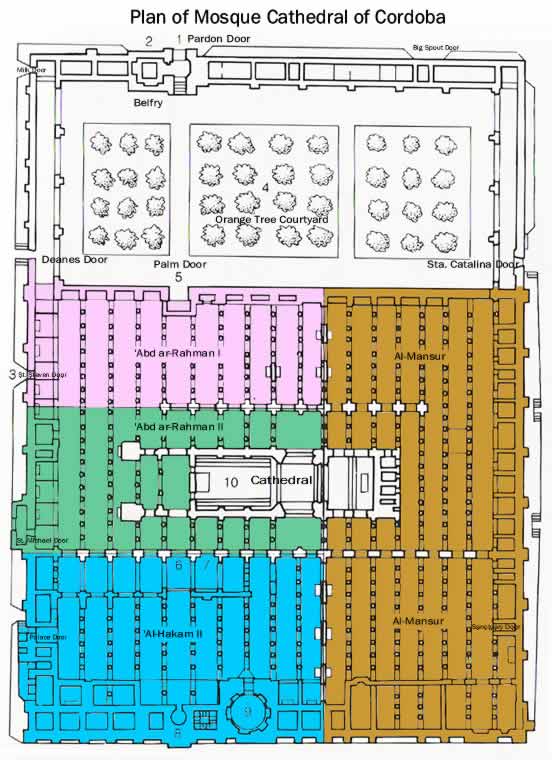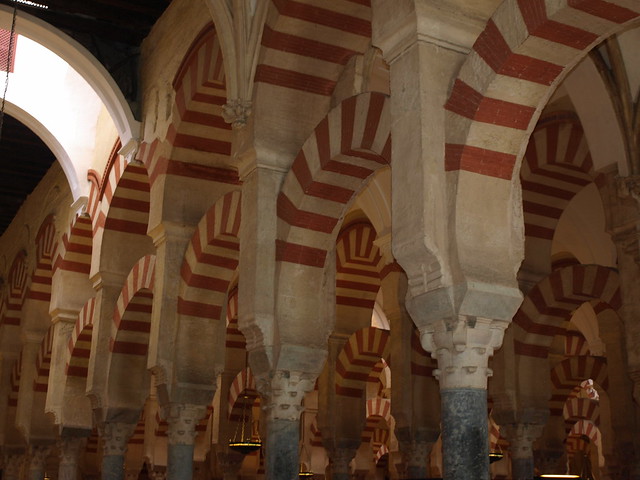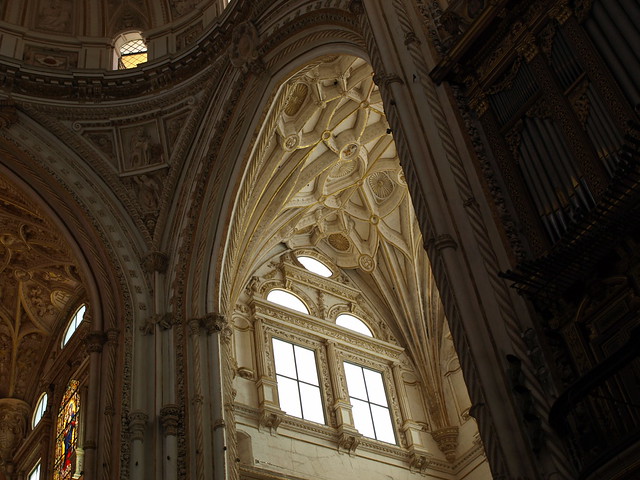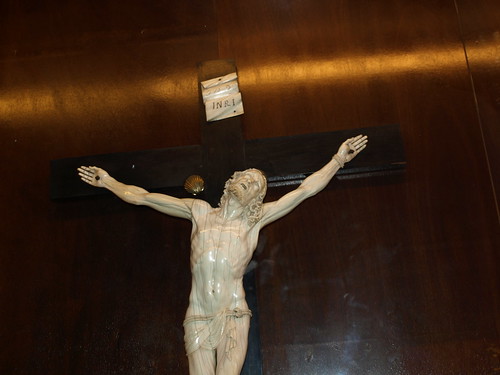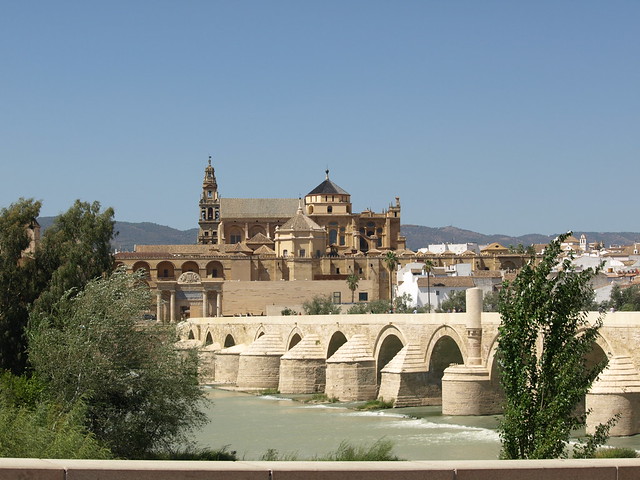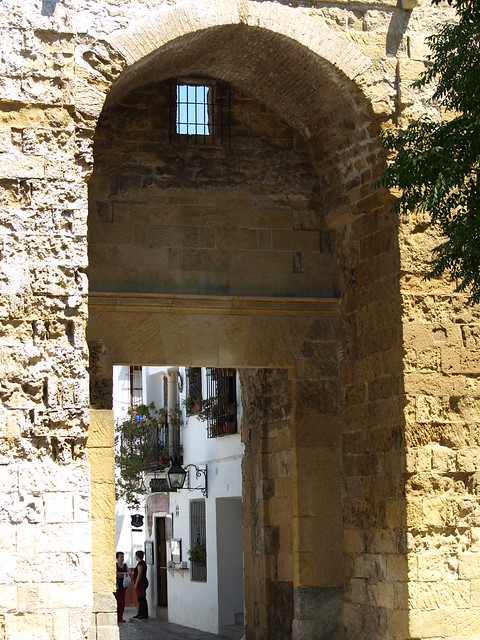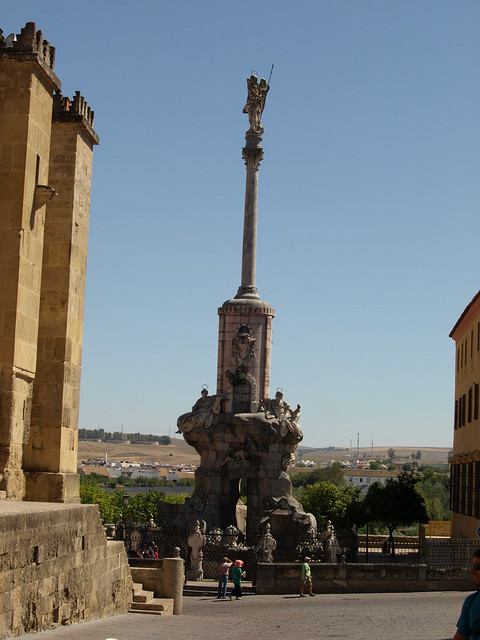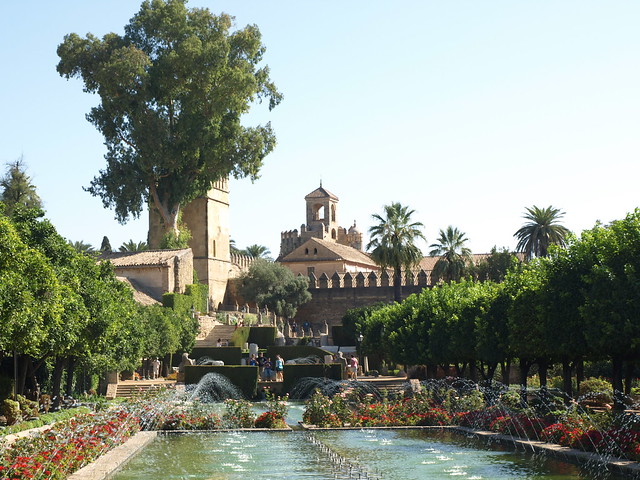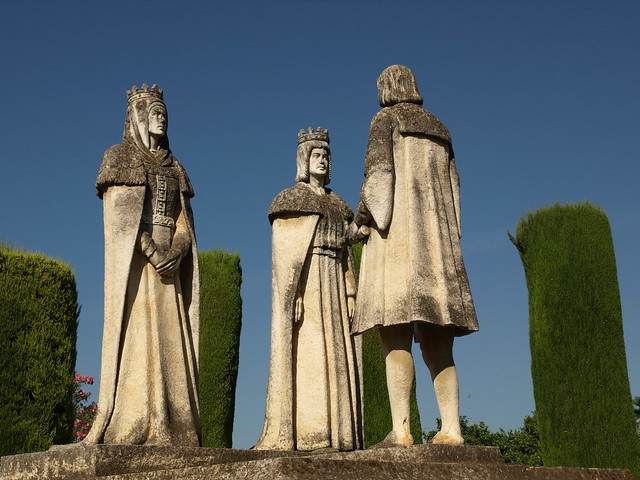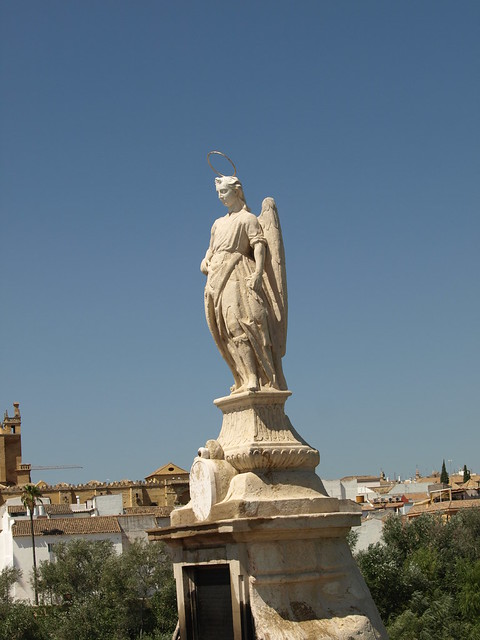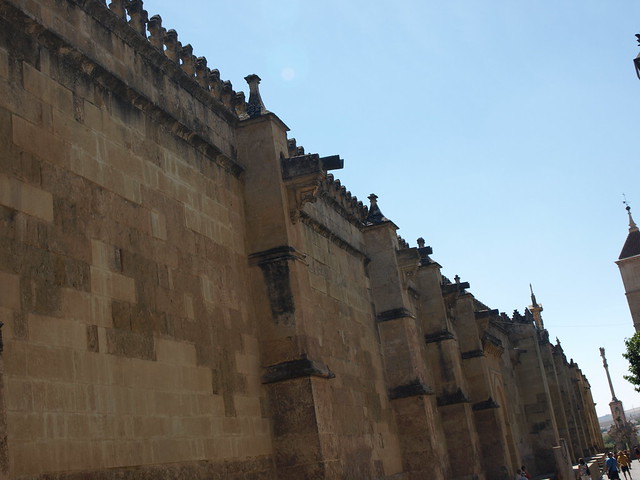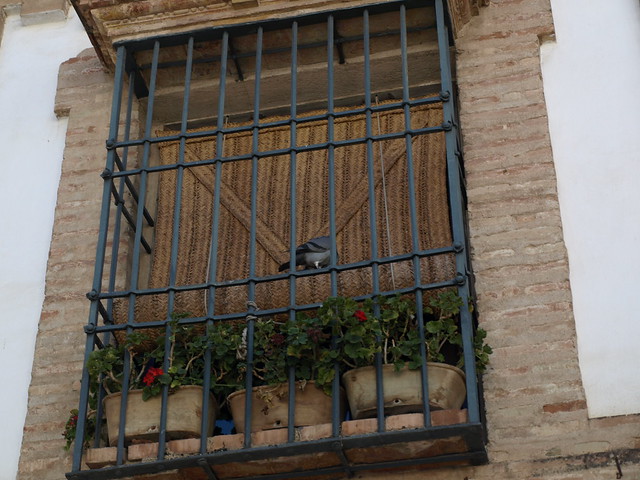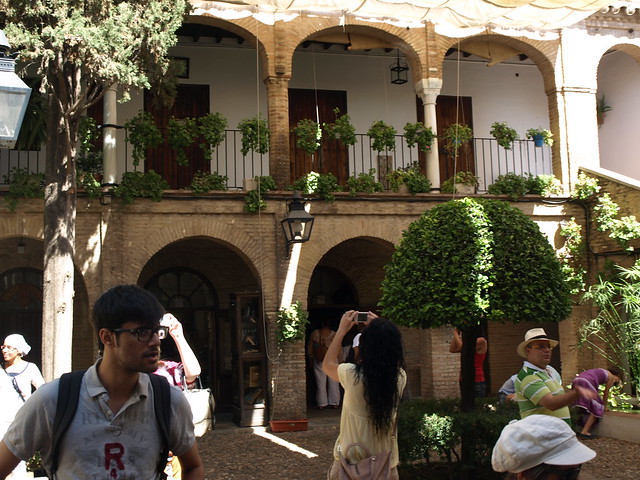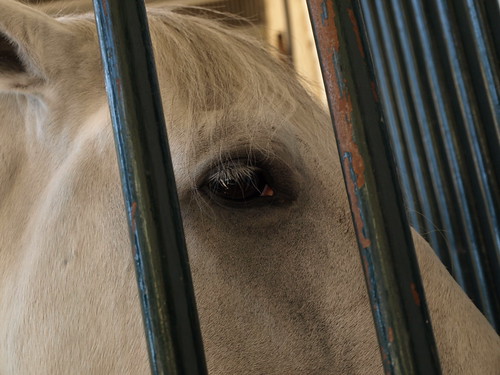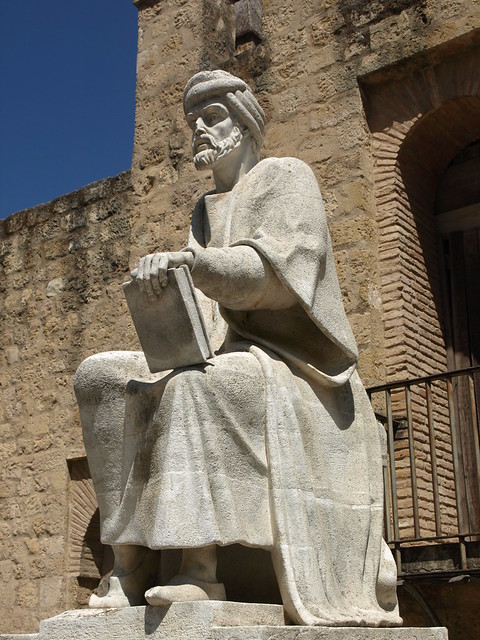For Slide Show click here
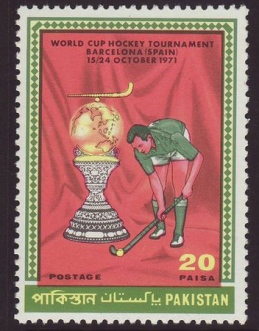
Pakistan somehow managed to be in Semifinals, beat India and then defeated Spain in the finals. This was the last good news in Pakistan before the civil war in East Pakistan would end the year on a most painful note.

Fast forward to 2012.
Our trip to Spain ended with Barcelona.
We had to rent two cars from the AC Marriott Seville to the airport. It is the same road which we had traveled two days back on the way back from Granada. The ride to the airport was 35 Euro each car, a separate amount was added for the telephone handling.
Barcelona looked like a different country from the rest of Spain. Large, cosmopolitan and vibrant. It felt somewhat the same when I went to Karachi during my second year medical college trip from Multan. Large, bustling, diverse and vibrant. People seem to speak a different language and indeed they do. Majority speak Catalan, although everybody understands Spanish.
Hespera Towers is an elegant hotel, it was the best hotel during our stay. Tipu had perhaps arranged for an upscale hotel as the last stop on our tour. The only drawback was the distance from the city center. It is at the end of a subway train line, and takes about half an hour each way.

We had two nights to stay there and enjoyed every bit of it. The city of Barcelona, for the visitors, revolves around two men. Gaudi and Picasso, a gay conservative architect and a womanizer communist artist, . The two famous landmarks ie the Guadi's place, Park Guell a Utopian community he tried to built at the northern end of the city and the world largest cathedral, still in the making, Holy Family Cathedral, is Sargada Familia are the everlasting gift of Gaudi to the city.
Park Guell reminds one of Disney, a sort of its predecessor and an actual community. The houses, the park and the community center, all idealistic.

Sargada Familia:
Once built it will perhaps be the largest and longest continuously built church in the world. Started in 1882 it will perhaps finish in 2026 or so. It is a 20-21st century masterpiece. We did not have the time to get inside. It combines the old Gothic style church building architecture with the modern Gaudi concepts of environment. Many of the statues include the four seasons , the farms, vegetables and the flowers.
There are three facades, each with a theme of its own. Nativity for the Birth of Christ, Passion for the Crucifixion, and The Glory Facade for the ascension to the Heavens.
Nativity

Passion:

One of the controversial statue is the Naked Jesus, For close up check here.
http://www.flickr.com/photos/nasirgondal/7911098734/in/set-72157631361600476/lightbox/
The Ramblas:

But the heart of Barcelona is this mile and a half long strip on foot from to. If you have not gone anywhere in the city but take the walk down and up the Ramblas, you have visited the essence of the city. It is one of those stories where the once the worst part of the city gets turned into the most colorful sites. It was the draining pipelines of the city wall and were renovated to form a walkway around it and here it is.
We got off at the station Catalunya. Coming out in the open, there is a big central garden full of fountains, statues, pigeons and people, Placa de Catalunya.

Ramblas is one of many streets which start or end up here. It is like a big circular center. All big stores are here, FNAC, Zara,El Corte Ingles. Cafe Zurich is a nice place to have coffee. We had Saleem's birthday in Hard Rock Cafe here on the second day.

Walking down the Ramblas is traveling through Barcelona in full color. You see everything city is famous for. People of every color and creed, with kiosks lining the boulevard, jugglers playing, artists painting, beggars begging, musicians and dancers performing and onlookers ogling.
Fountain of youth known as Fountain of Canaletes is just south of Catalunya. Legend says that a drink form it ensures a return trip to Barcelona.

Farmers market, La Boqueria is an interesting place. I bought dates from an Asian vendor.

Beyond the monument is the large shopping area in the Waterfront..
Next day we took the bus trip of the city and it took us to the Gaudi city. This is the architect's own version of a Utopian place, It is on a hill and on looks the city and the Holy Family Cathedral the most famous art piece of Gaudi. One of his tiles reminded me of Multan.

Picasso's life had quite a few years of Barcelona, His house is now Picasso's museum in the old city. It was a long line and we could not go in there. At the end of that corner is the church of sailors ie Santa Maria Church.

And the next day we left Spain for Geneva.
Sweet memories. Words of Iqbal on his way back from Spain say it well.
ہسپانیہ تو خون مسلماں کا امیں ہے
مانند حرم پاک ہے تو میری نظر میں
پوشیدہ تیری خاک میں سجدوں کے نشاں ہیں
خاموش اذانیں ہیں تیری باد سحر میں
غرناطہ بھی دیکھا مری آنکھوں نے و لیکن
تسکین مسافر نہ سفر میں نہ حضر میں
دیکھا بھی دکھایا بھی سنایا بھی سنا بھی
ہے دل کی تسلی نہ نظر میں نہ خبر میں
-------------------------------------------------------------------------------------
References:
- http://www.asian-women-magazine.com/pakistan/hockey/barcelona-world-cup-1971.php
- Rick Steve;s Spain 2012
- http://www.allamaiqbal.com/
